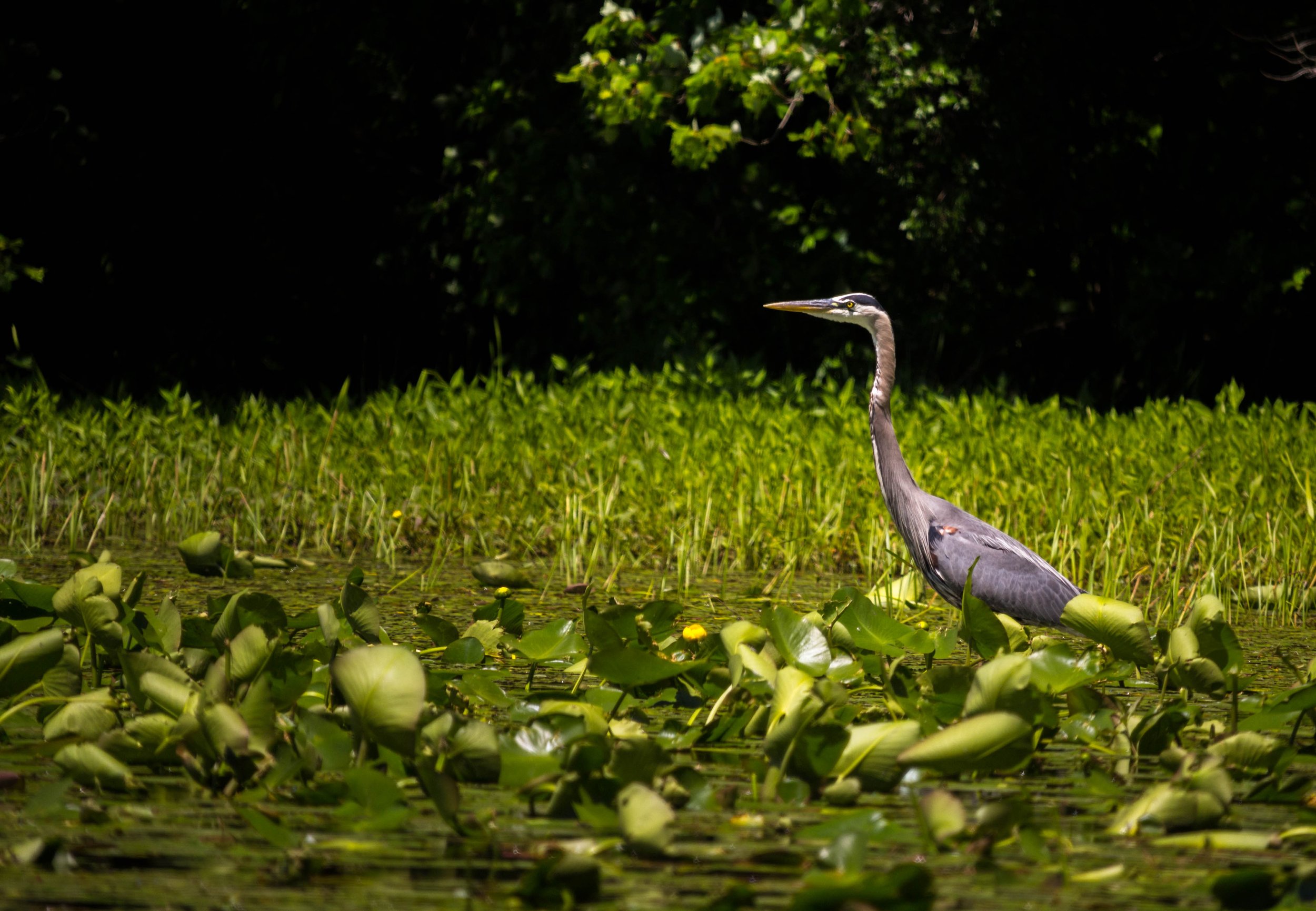
Current Projects
Invasive Weed Mitigation
Updated 5/16/2025
Invasive weeds (Curley Leaf Pond Weed and Fanwort) have established themselves in the pond and become a nuisance as of 2022 and 2023. These weeds have a negative impact on recreation by creating large masses of vegetation that get caught in boat props and make swimming unpleasant. If mitigation efforts are not maintained these invasives run the risk of spreading further in the pond and destroying the native plants and wildlife and further degrading the quality of the pond for the community and its residents.
Friends of Great Hill Pond was established by members of the community to address this specific issue. Through a lot of research, coordination with state agencies, collaboration with other communities, and review of treatment options Friends of Great Hill Pond has established a treatment plan and long term mitigation strategy. Implementation on that plan began in the spring of 2024 and has continued in 2025 with another treatment for Curly leaf on 5/13/25.
State grants are available that may help reimburse the cost of invasive weed mitigation but we have to raise money first and get the plan moving forward before we can apply for grant reimbursement. Any funds not consumed by the initial treatments or that are reimbursed by State of CT grants will be rolled forward to fund future treatments in this ongoing project.
Friends of Great Hill Pond Applied for grant funding for 2025 and we received funding for the next 2 years of our treatment plans!
Grant money is only distributed as reimbursements to money spent on executing our declared plan, so we will still have to perform fundraising efforts this Spring 2025 in order to get the ball rolling. Each treatment will be reimbursed at 75% of cost for treatments incurred in 2025 and 2026 which will help lower the funding burden on the local community.
What is our Working Group’s invasive weed strategy moving into 2025 and beyond?
2024 was our first year managing the invasive weeds. We now realize that we need to have an adaptive approach. We will learn more each year. The size of the treatment areas should reduce. Weather conditions may change year to year. Outside funding may become available. Our goal of preserving the health of Great Hill Pond will not change.
Simply stated our, mid range strategy is to continue to aggressively work to eradicate the Curlyleaf Pondweed with Diquat treatments in April wherever it is found.
Regarding the Fanwort, we will take a more measured approach to managing that weed in order to best balance controlling it without overly disrupting the nutrient balance.
Specifically, for 2025 our plan is:
1) Treat about the same acreage of Curlyleaf as we did in 2024 (~28 acres). A visual inspection by Pond & Lake Connections beforehand will determine the exact acreage and will inform us on how effective last year’s treatment was at reducing the seed bank, which then will help us plan future treatments.
2) Given that there has been very little regrowth of the Fanwort following our 2024 treatment and that that treatment may have contributed to the August algae bloom, we have decided to completely forego a 2025 treatment of the Fanwort. We expect some regrowth of the Fanwort in 2025 which we will monitor to inform our 2026 plans.
3) Based on our experience in August, we plan to do algae testing, if needed, and E-coli bacteria testing at least once.
4) We have been awarded a grant that will help reimburse the treatment payments for 2025 and 2026. This will help reduce the financial burden on the local community, but we will still need to raise money for the initial treatments and some operating expenses in 2025.
5) We have set a fund raising goal of $9,000 to be completed by April 2025. Based on last year’s success, we expect to reach this goal based primarily on donations from our Great Hill Pond community. As of 4/30/25 we have exceeded our fundraising goal and raised nearly $11,000! This puts our community in a very strong position to continue our treatment plans through 2025 and 2026.
On 5/13/2025 a treatment was applied for Curly leaf in accordance with our plan. At this time this is the only planned treatment for 2025.

Support Great Hill Pond
Friends of Great Hill Pond is a registered 501c3 nonprofit organization run by volunteers in and around the Great Hill Pond community.

